What started it was a visit to see the Stob Stones (or Stanes to the Scots). Two large boulders, one standing, the other recumbent, east of the hillfort at Green Humbleton, and a stones throw (pun intended) from both the Pennine Way (high level route) and St Cuthbert's Way long distance footpaths. They are now firmly in Roxburghshire in Scotland, the Border boundary wall is to their east, but for a time were actually on the Border line.
The Royal Commission on the Ancient and Historical Monuments of Scotland. An inventory of the ancient and historical monuments of Roxburghshire (1956) records their visit to the stones in 1938. The record can be read on the excellent on-line resource known as Canmore.
However, they were not committing themselves to any opinion regarding their origin..
|
The "Stob Stones", two standing stones, are situated 230 yds W of the Border and over 1000ft OD. One still erect, measures 4 1/2ft wide at the base, narrowing to 3ft, by 1 1/2ft and 5 1/2ft high; there is evidence of stone packing at the base. The other now lies across its original bed 18ft to the S; it is 5ft long, 3ft wide and 2ft thick.
Both stones are of native porphyry and are locally called the "Gypsy Stobs" from the tradition that the kings of the Yetholm gypsies were crowned here. Mack (J L Mack 1924) suggests that they are boundary marks, set up on the line of the Border; if this is correct they may be of early medieval date as this point is on the section of the Border that the English commissioners of 1222 regarded as fixed. |
|
As I had walked that day from Hethpool in the Northumberland's College Valley, I was aware of the similarity between the Stob Stones and this site on White Hill. These stones are nowhere near the Border and the site has been interpreted as a likely Bronze Age burial mound.
|
|
My walking book informed me that the standing Stob Stone is aligned on the distant Eildon Hills. It is not easy to claim an alignment only of one stone as it depends where you are standing or whether an edge of the stone can be used for sighting. The stone however, does have a 'nose' , which faces roughly in the right direction, as shown in the photo on the right. |
In 1924, James Logan Mack, an Edinburgh lawyer and amateur historian, wrote a book entitled The Border Line from the Solway Firth to the North Sea, Along the Marches of Scotland and England. The edition most frequently found now is that published in 1926 by Oliver & Boyd (335pp, 119 illustrations by Donald Scott and others).
Mack's book remained the definitive account for many years. These Border lands have never been on the tourist trail. The broadcaster, Eric Robson produced a book called The Border Line in 2007, about his experiences following the same route, with much information about Mack and his writing.
"... they were doubtless carried thither and erected to mark the boundary, in the early thirteenth century or even prior thereto".
Eric Robson, like me, thought them to be much older.
Mack goes on to discuss a linear earthwork of two, almost parallel banks each with a ditch on the downhill side, which starts just north of the Stob Stones, and runs north-east to join the line of the current Border, south of Eccles Cairn and the stream valley known as Humbleton Swyre. This can still be seen today.
The cow in my photo is demonstrating one of the two ditches, as is the figure in his photo.The hill to the left is Burnt Humbleton (which carries the remains of a hillfort); in the background is Coldsmouth Hill, firmly in Northumberland, now rising above a forest plantation. The current Border runs along the base of this plantation, below Eccles Cairn, visible on the right..It is demarcated by a proper wall and fence through which the St Cuthbert's Way footpath now passes via a gate. The linear embankment crosses the head of HUmbleton Sike. Much of its course is clearly visible in aerial view.
Mack (p267) however, identifies the linear embankment on Stob Rig with 'a dytche called the marche dyke' which existed in a survey in 1541-42. He describes a system of double dykes, leaving a strip of neutral territory between. This method was used, for example, at Scot's Dyke (part of the Western Marches), on parts of the former Border line north of Chew Green, and seems a reasonable explanation. The OS of 1:10,560 scale in 1863 shows this part of the Border line following a 'Track of Embankment' in a direction NNE-SSW, marked occasionally by 'piles of sods'. There is a change of direction away from this alignment north of the Stob Stones (a short section marked as undefined', then another at the Stones themselves.
A reasonable interpretation is that the ditches were cut to mark the Border line but the Stob Stanes were convenient markers already in situ, and of historic import. Interestingly, there is another linear embankment where the earlier Border line rejoined the current line at the col between White Law and Stob Rig.
John Barber (1999) considers the parallel earthworks acting solely as cross-routeway control, in this case controlling the two routes running from Kirk Yetholm to the Border that diverge just below the Stob Stones. They may well predate fixing of the Border line in Medieval times but as exiting features in the landscape may well have been used as markers to define its course.
From the Stob Stones the Border line ran east, then south-east, on an undefined alignment incorporating Oxpool and Tuppies Grave among other (possibly pre-existing) features.
Among the many things I don't know, one is why the Border was eventually moved to its current line, east of this location, where it is shown on the OS Edition of 1899. At the same time, its former extension around Yetholm Common via Tuppie's Grave and Wideopen Head was also removed. Possibly it had something to do with a revision of County and Parish boundaries in the late 1800s.
Why make the effort of lugging two huge boulders up here to mark the Border? Wouldn't it make more sense to define the Border using features already there? Wouldn't one stone have been sufficient?
Why doesn't the linear earthwork align on the stones? Again it appears to me that an existing earthwork may have been used to define the line, although its origin might still have been to define the Border much earlier in history. In 1862, the Ordnance Survey shows a bend just north-west of the Stob Stones marked by a Pile of Sods. Similarly to the east of the stones, much of its line is 'undefined' but uses an occasional named feature along its route, along with many such turf piles.
If someone has any of the answers, or a definitive explanation, please let me know.
As further illustration of the changes in the Border, I have roughly plotted the Border lines shown on the OS maps above onto a Google Map aerial view below. The lines are only approximate, and are an interpretation of the line taken by the Border. Several of the features plotted can not currently be identified on the ground.
View Yetholm Common in a larger map
Yetholm Common ended up divided, and the new line ceded parts of the land to both England and Scotland, although a large part of the former Common ended up on the English side, perhaps as it always had been..
I'll discuss the divergence of the Border east of its current line, around Yetholm Common, in another blog soon.
John Barber (1999) 'The Linear Earthworks of Southern Scotland'. Transactions of the Dumfriesshire and Galloway Natural History and Antiquarian Society, Ser. 3, Vol. 73, p. 63-164.

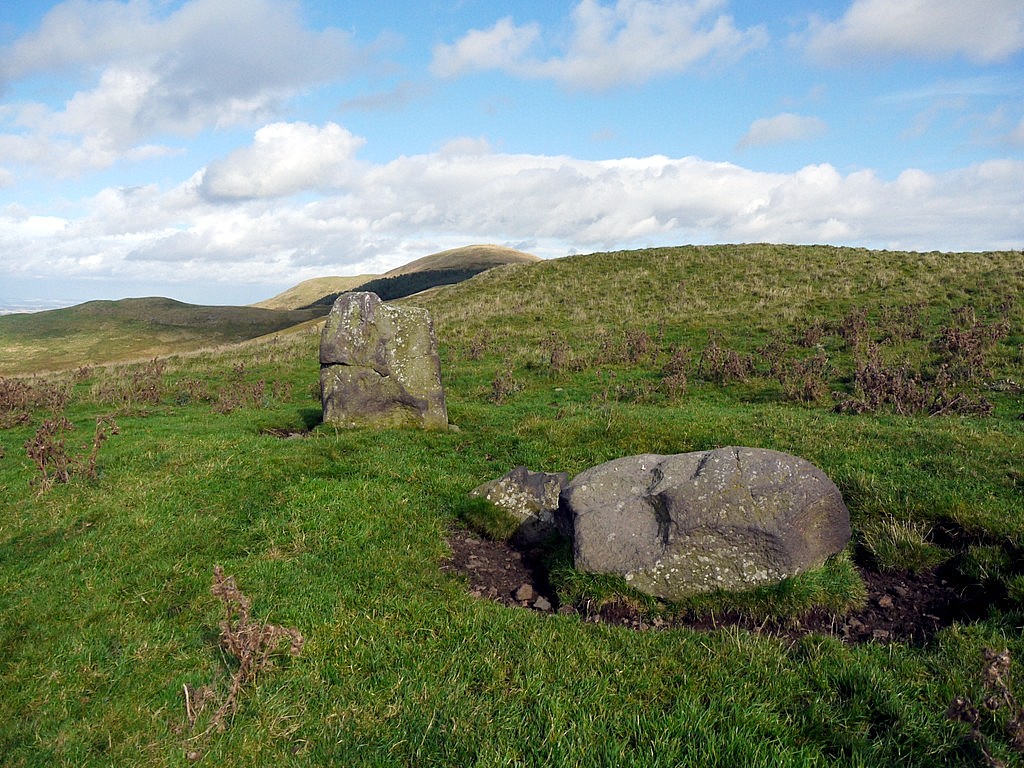
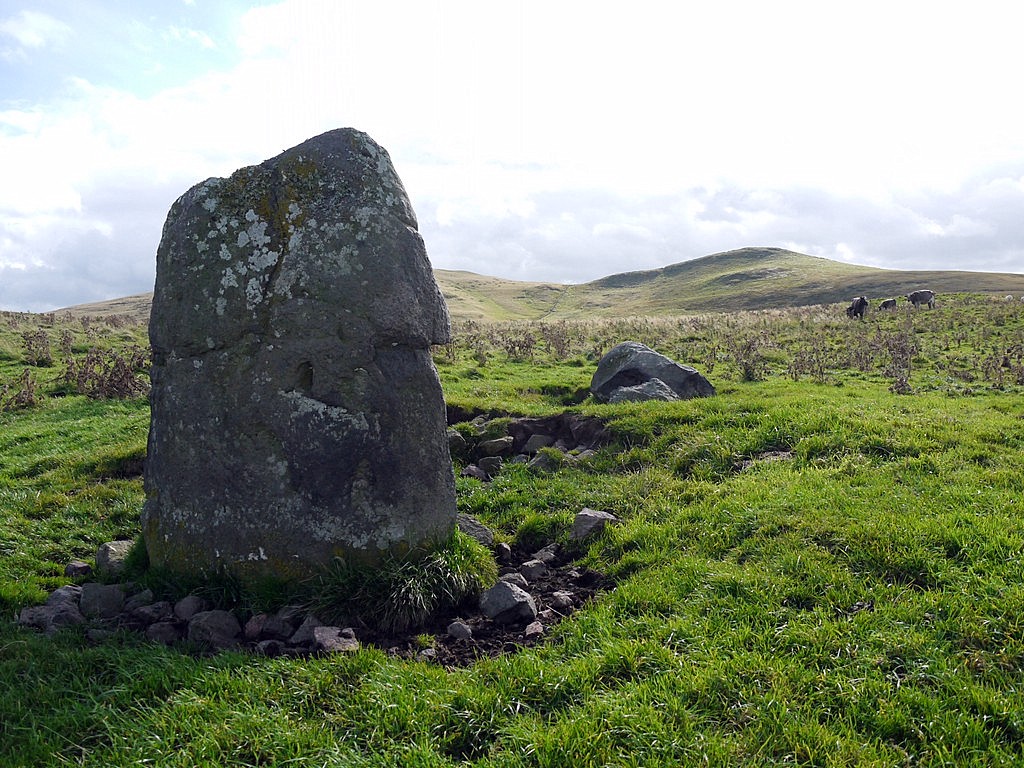
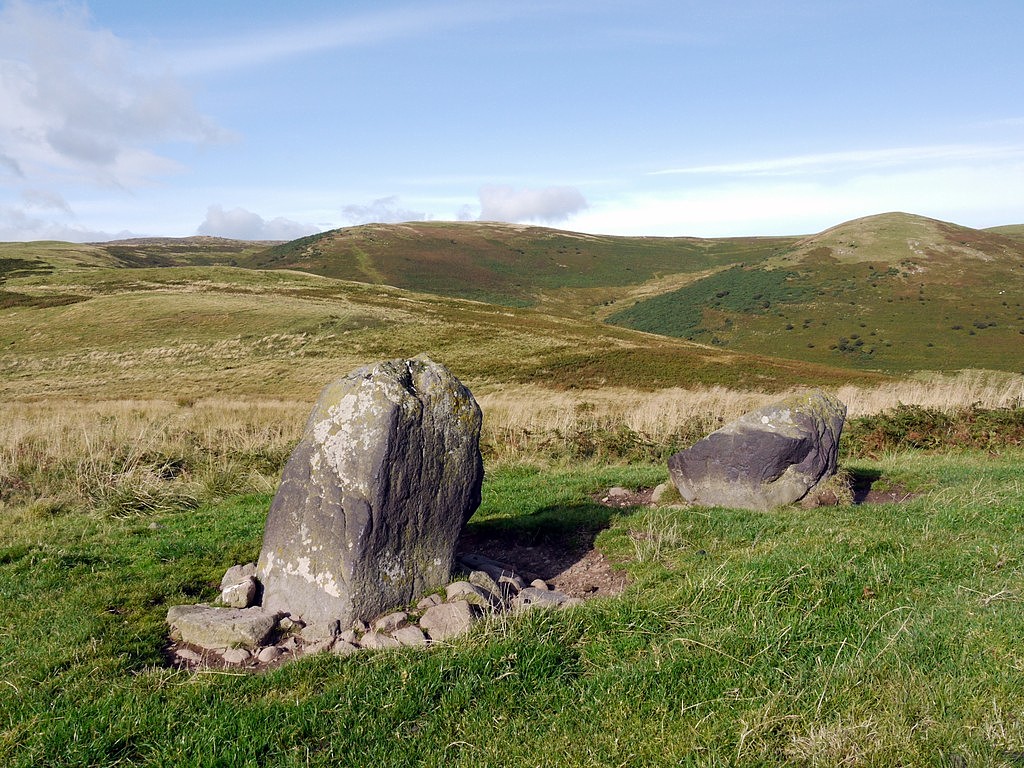
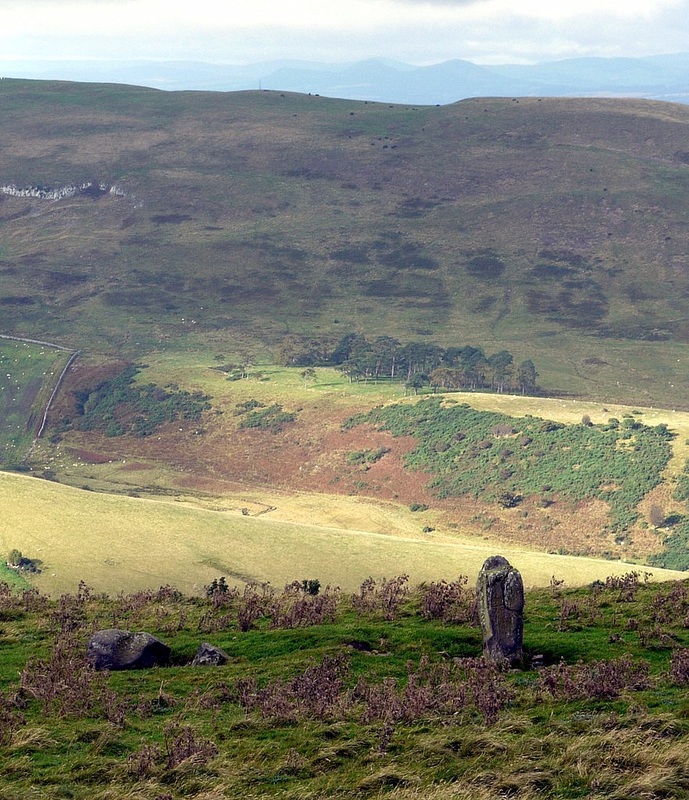
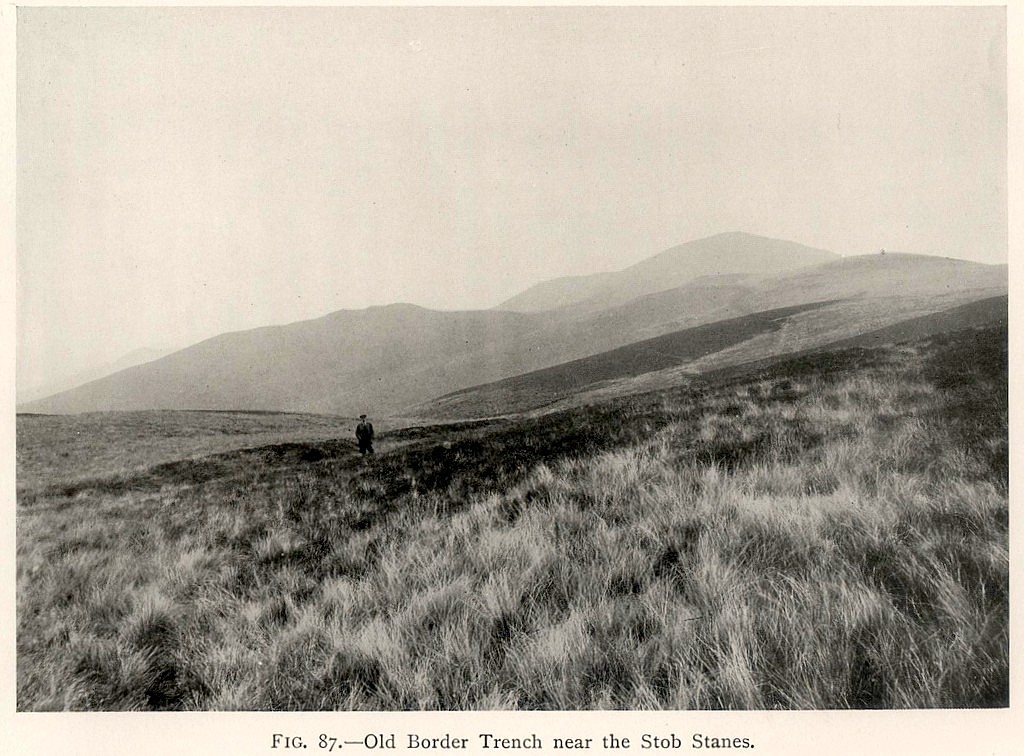
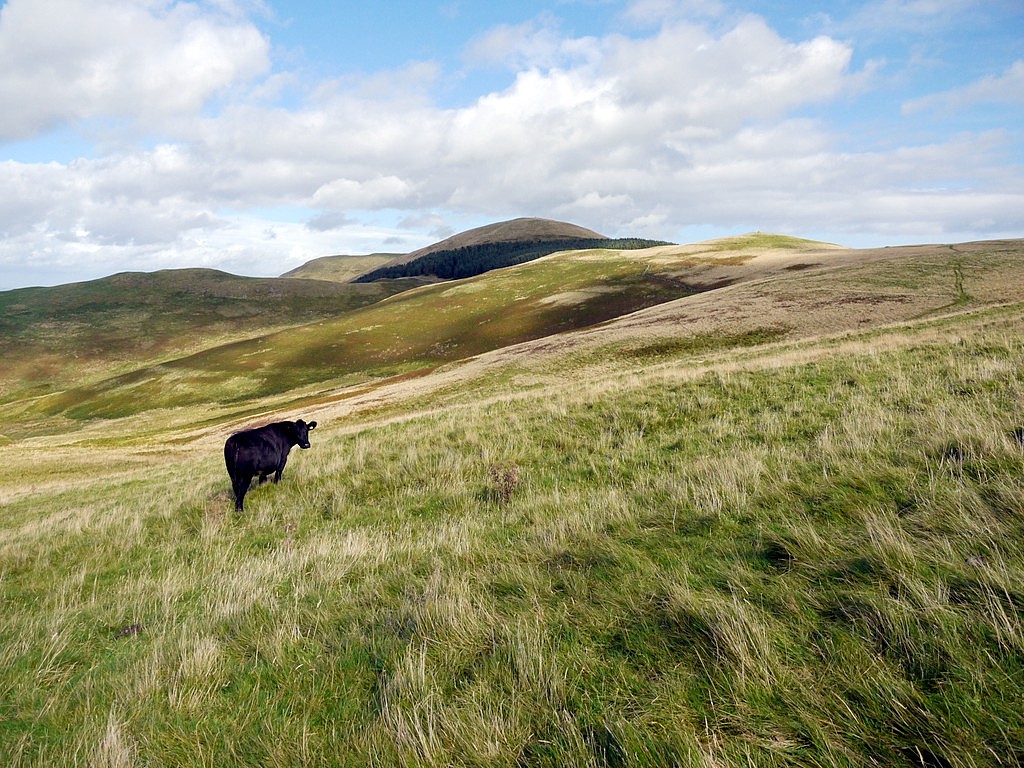
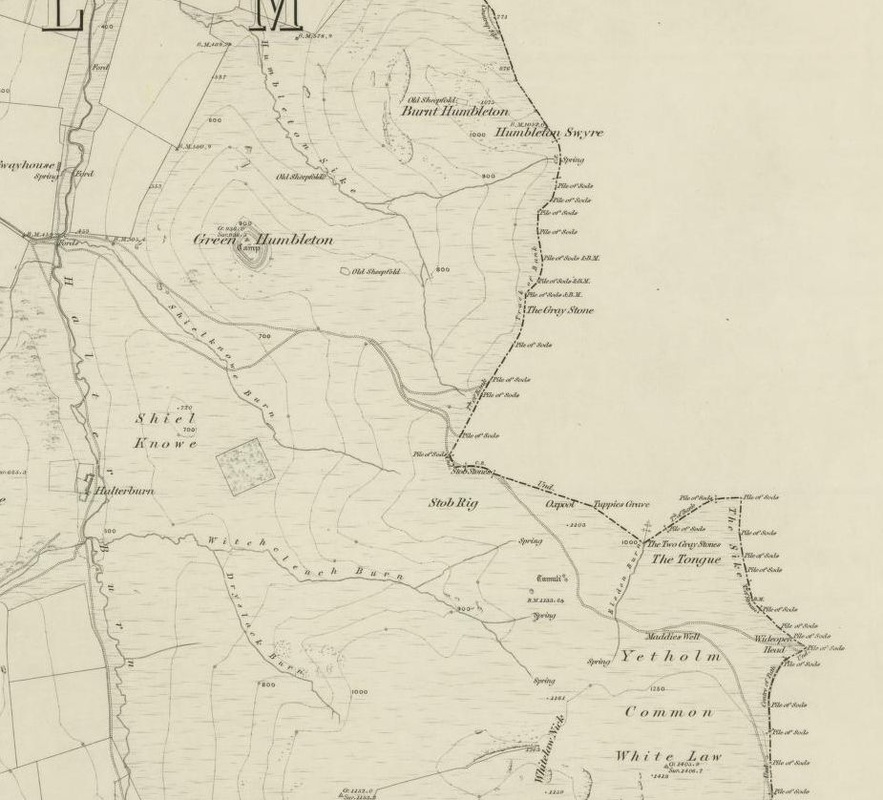
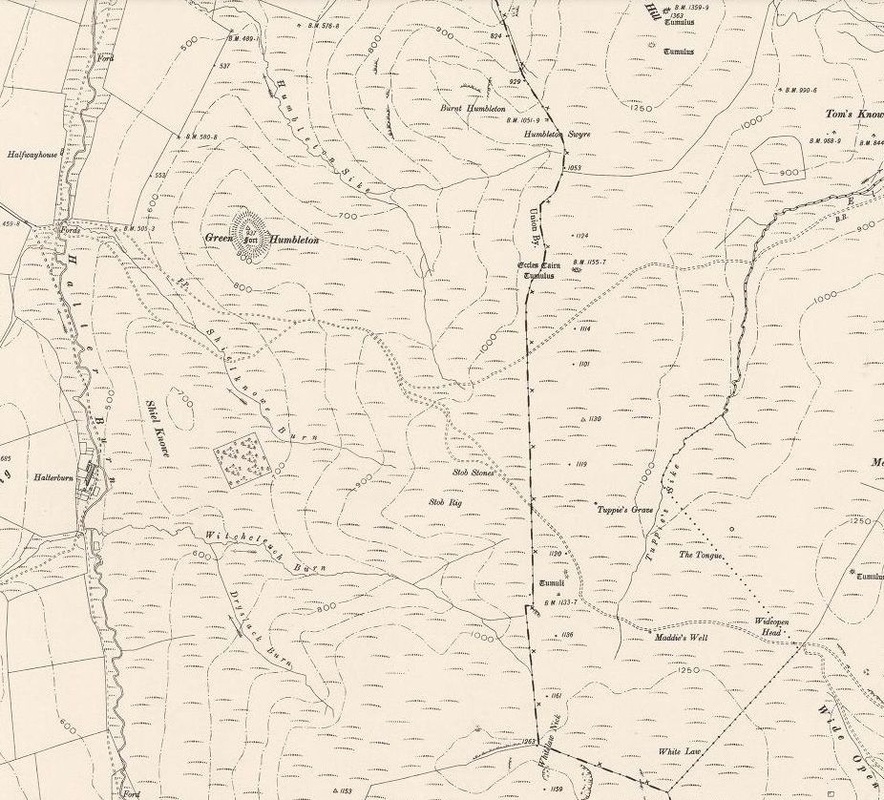
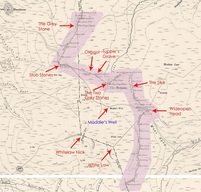
 RSS Feed
RSS Feed
